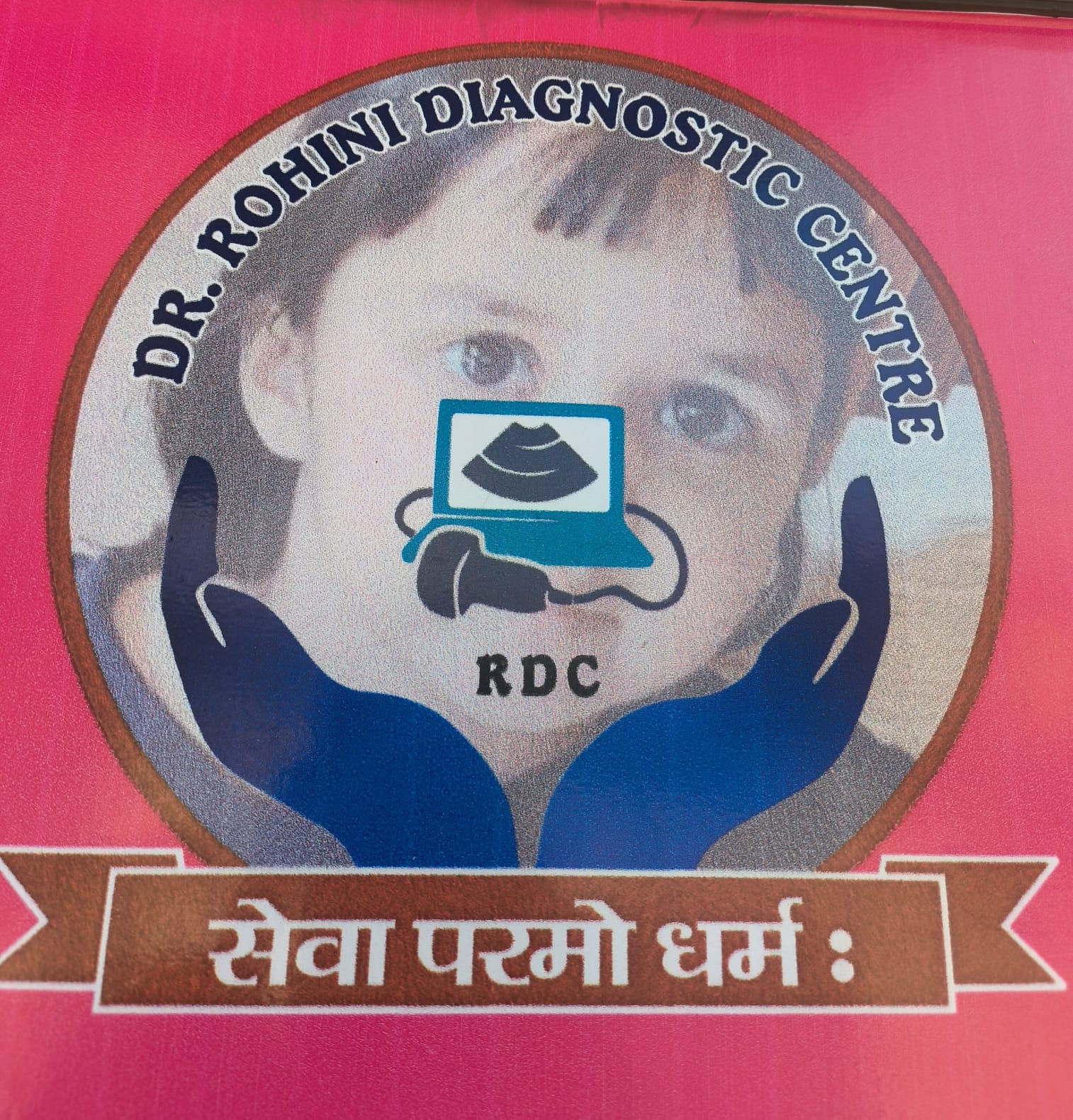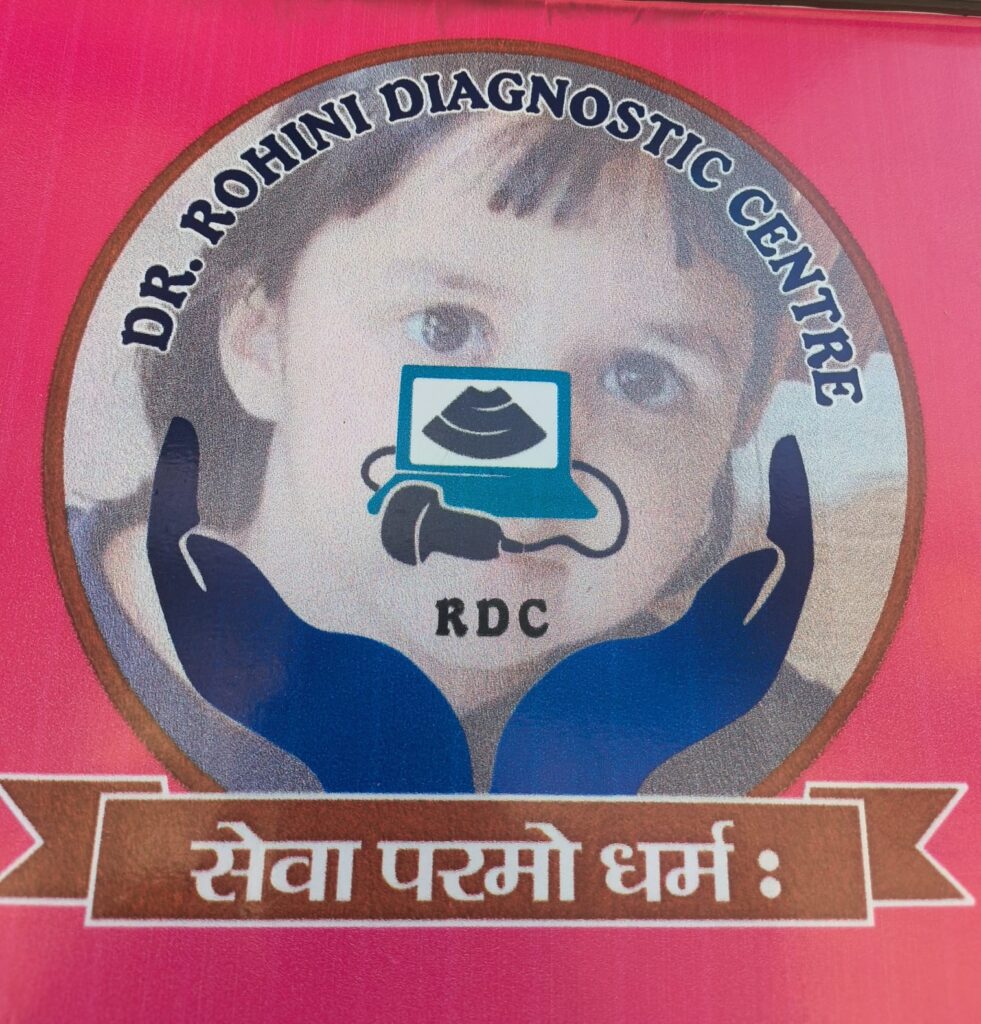Lung Perfusion Scans

Evaluation of Pulmonary Perfusion
- Radioisotope Administration: Administering a radiopharmaceutical, typically technetium-99m labeled macroaggregated albumin (Tc-99m MAA), intravenously to visualize the perfusion of blood within the pulmonary vasculature.
- Dynamic Imaging: Performing dynamic imaging of the lungs using gamma camera technology to track the distribution and flow of radiotracer within the pulmonary circulation, assessing regional pulmonary perfusion.
- Assessment of Pulmonary Embolism: Detecting abnormalities in pulmonary perfusion patterns indicative of pulmonary embolism, including perfusion defects or mismatches between ventilation and perfusion, aiding in the diagnosis and risk stratification of patients with suspected pulmonary embolism.
Diagnostic Imaging for Pulmonary Conditions
- Detection of Pulmonary Vascular Abnormalities: Identifying pulmonary vascular disorders such as pulmonary hypertension, arteriovenous malformations, or pulmonary vascular shunts through abnormalities observed on lung perfusion scans.
- Evaluation of Lung Function: Assessing regional lung function and perfusion heterogeneity to aid in the diagnosis and management of conditions such as chronic obstructive pulmonary disease (COPD), interstitial lung disease, or pulmonary fibrosis.
- Monitoring Response to Treatment: Performing serial lung perfusion scans to monitor changes in pulmonary perfusion following therapeutic interventions such as pulmonary vasodilator therapy, lung transplantation, or pulmonary embolism treatment, guiding treatment decisions and optimizing patient care.
Comprehensive Patient Care and Support
- Minimally Invasive Imaging Technique: Offering a non-invasive and well-tolerated imaging modality for evaluating pulmonary perfusion without the need for invasive procedures such as pulmonary angiography.
- Collaborative Multidisciplinary Approach: Working closely with pulmonologists, cardiologists, radiologists, and other specialists to ensure comprehensive evaluation, diagnosis, and management of patients with pulmonary vascular disorders and lung perfusion abnormalities.
- Patient Education and Counseling: Providing patients with clear explanations of the lung perfusion imaging procedure, its purpose, and potential outcomes, addressing any concerns and ensuring informed decision-making regarding their care.



